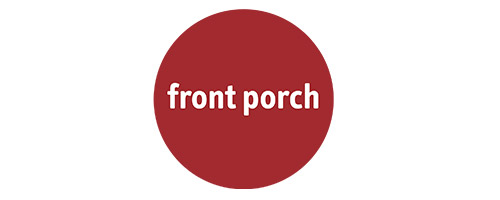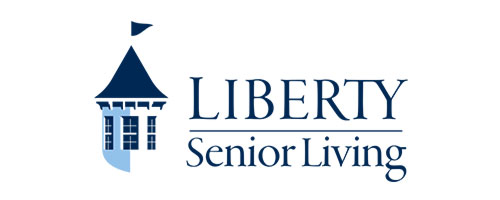Setting the nutrition agenda for the "Decade of healthy aging"
Between 2015 and 2030, the UN predicts that the number of people over 60 years old is globally projected to grow to 1.4 billion. To prepare for the rising aging population, the World Health Organization issued a called to action to change the mindset around aging. Beginning 2020, the Decade of Healthy Aging will focus on addressing the societal gaps that are preventing healthy aging around the world. And the International Council on Active Aging is already following this lead in issuing its call-to-action.
While many of the challenges of healthy aging are related to larger issues, such as community support and healthcare reform, there is a growing consensus on the role that nutrition can play in healthy aging.
Last fall, the National Academies of Sciences, Engineering, and Medicine hosted a "Nutrition Across the Lifespan for Healthy Aging" Workshop, which featured a number of key opinion leaders’ insights. These findings were highlighted in a recently published brief, and can help provide direction for setting the nutrition agenda for the decade to come.

Understanding healthy aging
Healthy aging is not only about living a long life, but also a good quality life. At the nutrition workshop, leaders discussed the well-being of older adults today, and identified that poor diets and low levels of physical activity were common and can impact health quality. Mary Ann Johnson from the University of Georgia commented “In 2013, the average American life expectancy was 77 years, but average American ‘healthy life expectancy’ was estimated at only 67 years.”
Identifying barriers to healthy aging
Mobility and muscle Loss
Maintaining mobility, via muscle mass and strength, as you age was one health improvement that leaders discussed at the workshop. Roger Fielding of Tufts University explained, “One of the important things that I am going to impress on you is that skeletal muscles actually really matter.”
Forty-five to fifty percent of total body mass is made up of skeletal muscles. Yet after the age of 40, people start to lose eight percent of their muscle mass per decade. Fielding described age-related muscle mass and function—a medical condition known as sarcopenia— as being associated with increased functional decline, hospitalization rates, and health care costs. He also gave evidence of dietary and physical activity interventions that have been studied as “ways to slow or reverse the rate of muscle loss.”
Disease-associated malnutrition
Another barrier to healthy aging is how older adults are managing their chronic diseases. Our healthcare system already spends significant resources treating chronic diseases, yet there is one condition that is often untreated and is having an impact on people’s health: malnutrition.
Up to half of adults 65+ who enter the hospital are malnourished or at risk for malnutrition. Yet, recent research using Healthcare Cost and Utilization Project (HCUP) data found that a malnutrition diagnosis was only documented in about seven percent of hospital records. While the value of nutrition has been well-established by the scientific community, we’ve just begun to scratch the surface of applying it into the healthcare setting. Johnson suggested a key opportunity to help older adults age healthily is to “influence the healthcare system and find ways, for example, to integrate nutrition services into care transitions so that older adults are not readmitted to hospitals so quickly.”
Setting measureable goals for success
Lastly, the nutrition workshop discussed the need to identify tangible measurements of healthy aging. Moderator Simin Meydani of Tufts University stated “healthcare providers need markers of aging that can be used to identify at-risk people and know when intervention is appropriate; governments need markers of nutritional intakes or other lifestyle changes that can be used specifically to guide the development of recommendations for older people; and the food industry needs markers of aging that can be used to validate the efficacy of products in specific target groups.” Groups such as the National Black Nurses Association--which passed a resolution on nutrition as a vital sign for older adult health--are already recognizing nutrition as an important marker of healthy aging.
As we think about the larger agenda for healthy aging, we should be setting a nutrition agenda as well. By prioritizing nutrition as a marker of healthy aging, we can set measured steps to address two health barriers that are keeping older adults from leading active and independent lives.
Author
Mary Beth Arensberg, PhD, RDN
Mary Beth Arensberg is director of health policy for Abbott’s nutrition business. For more information and resources on maintaining good nutrition visit the Abbott Nutrition Newsroom.
Note: This information is not intended to replace a one-on-one relationship with a qualified healthcare professional and is not intended as medical advice. It is intended as a sharing of knowledge and information from research. The view expressed here are not necessarily those of the ICAA, we encourage you to make your own health and business decisions based upon your research and in partnership with a qualified professional.
Share































